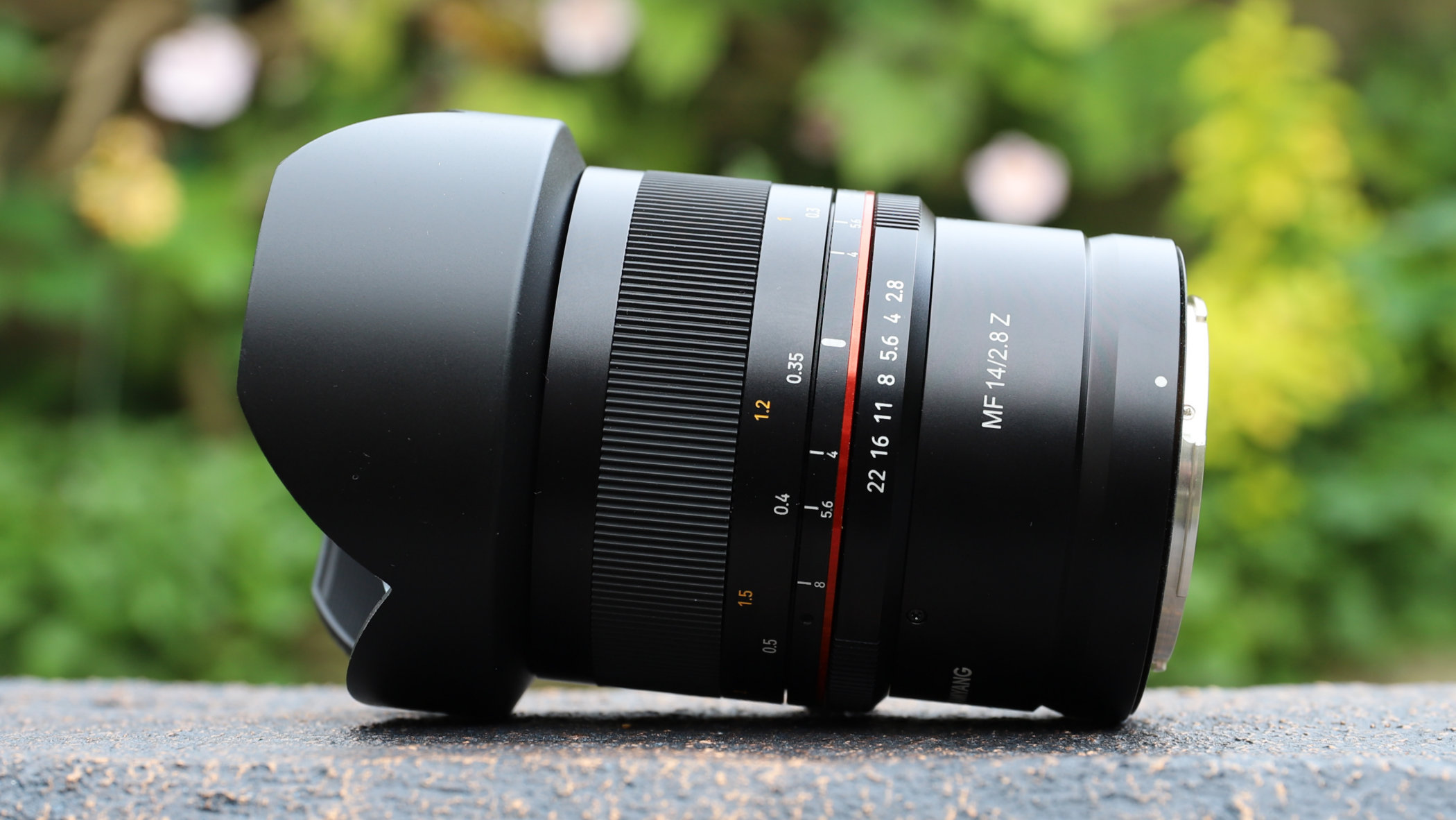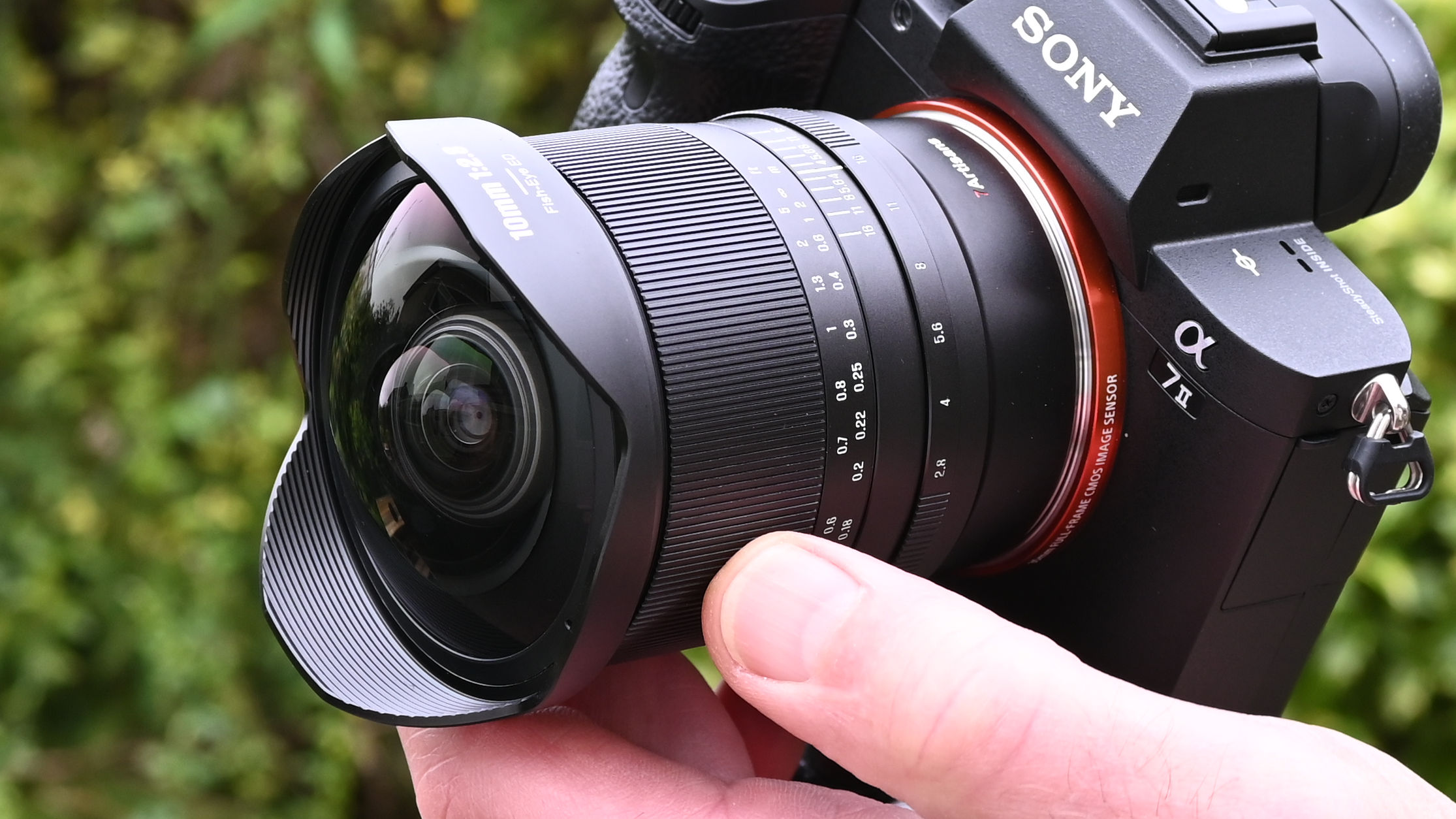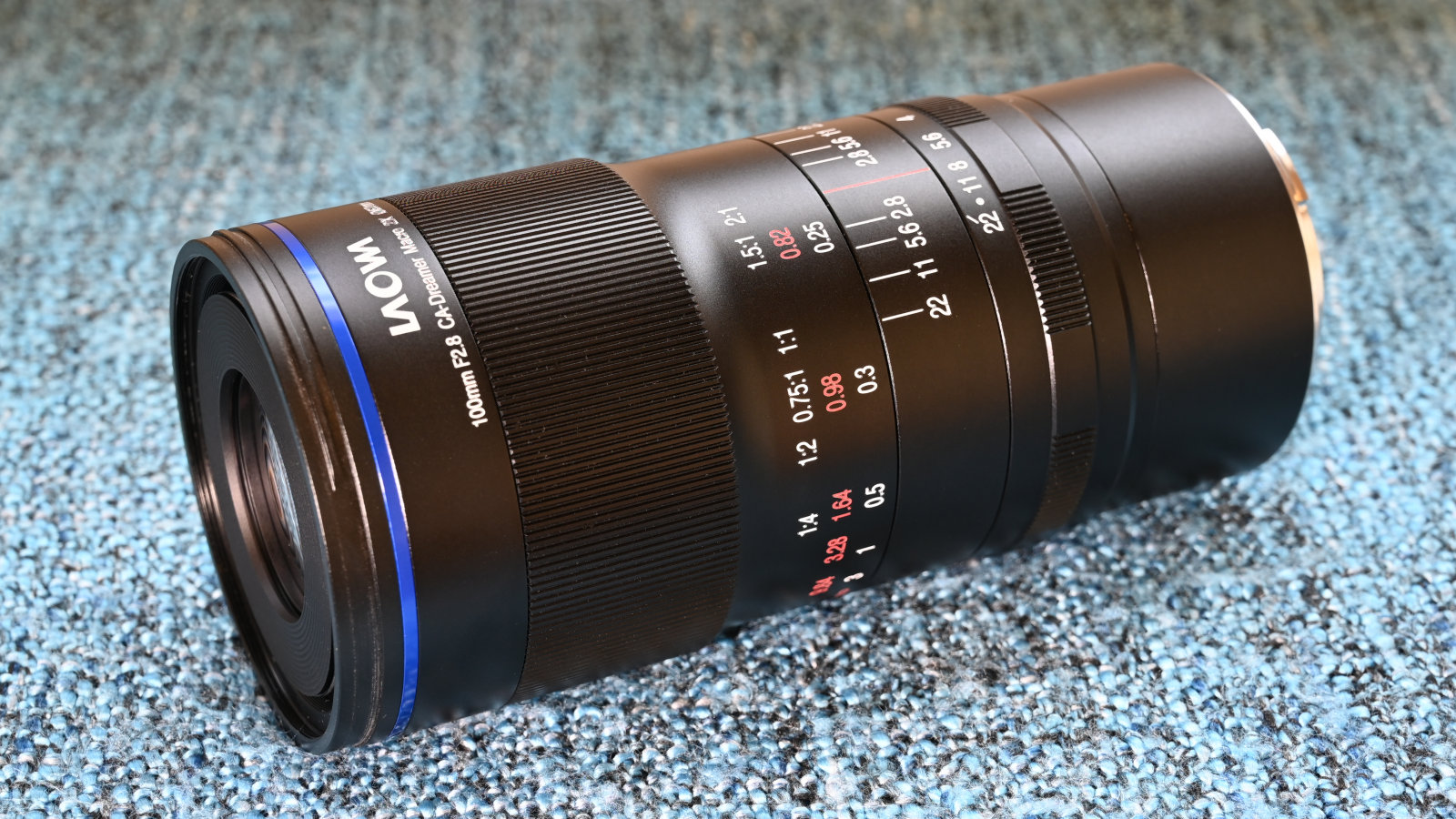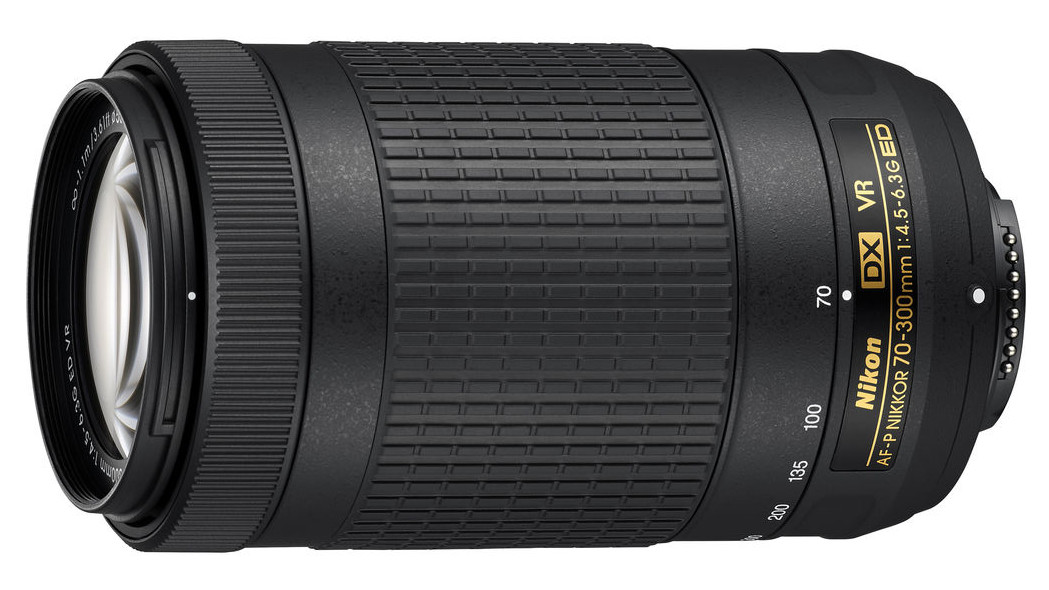
I was a kind of "agony aunt" (well, agony uncle) for N-Photo magazine for many years, and ‘Ask Matthew’ has now moved over to Digital Camera magazine. Readers send me technical questions, ask for shooting tips and tell me their woes.
And speaking of woes, one unhappy reader had previously been delighted with his Yongnuo YN85mm f/1.8 lens. Bristling with the latest autofocus tech, it had done him proud on his Nikon Z5 body, and I’ve long thought it’s a great budget option for one of the best portrait lenses.
But then he upgraded to a new Nikon Zf and suddenly the lens wouldn’t focus at all. No autofocus. No manual focus. Nothing.

Naturally, he got in touch with Yongnuo who suggested that he applied a firmware upgrade to his lens. Thankfully it comes complete with a built-in USB port for exactly this purpose.
Hope was short-lived, however, as after completion the lens still wouldn’t focus, neither automatically nor manually. And it’s not just changing to a different camera that can be a problem.
I remember a few years back, hearing from a magazine reader with a Nikon D800 DSLR. He applied a firmware update, as recommended by Nikon, to improve compatibility with the company's then-latest AF-P (Pulse) motor autofocus lenses.

The firmware upgrade was entirely successful, except that all of a sudden none of his Sigma lenses would focus on his camera. Nikon couldn’t help him, and neither could Sigma. He suddenly had a big collection of completely redundant glassware.
And while we’re at it, even some of Nikon’s older DSLRs won’t work at all with Nikon’s own AF-P lenses that have stepping motor autofocus systems – so again you can’t focus in either of the autofocus or manual focus options.
Incompatible cameras include the Nikon D3000, D3100, D3200, D5000, D5100 and D7000, and that’s certainly not an exhaustive list.

A similar situation applies when using Nikon ‘E’ lenses that have electromagnetically operated apertures with some older DSLRs, in that you have no control and are limited to shooting only at the lens’ widest aperture.
All of this has given me a slight sense of anxiety over the years. If I’m doing an important shoot, like a wedding or corporate event, or even just on my travels where I can’t simply come back another day if there’s a problem, I need to be able to rely on my kit.
Use a ‘dumb lens’ with no electronics and you can set the focus distance and the aperture manually. Reliability is pretty much as good as I could hope for. However, the vast majority of modern lenses for mirrorless cameras use a stepping motor-based autofocus system.

That’s fine unless the stepping motor becomes faulty, because the lens relies totally on that motor for manual focusing as well as for autofocus. Your whole camera body and attached lens become absolutely useless, in an instant.
Sure, you can’t beat the speed, ease and convenience of an autofocus lens – when it’s actually working. There’s also a significant upside to lenses with old-school ring-type ultrasonic autofocus systems, in that you can focus manually if your AF motor packs up.
But relying totally on an autofocus motor even for manual focusing can leave you dead in the water. Be warned, beware!
You might also like…
Take a look at the best lenses for the Nikon Z5 and the best lenses for the Nikon Zf, as well as the best Nikon Z lenses in general.







